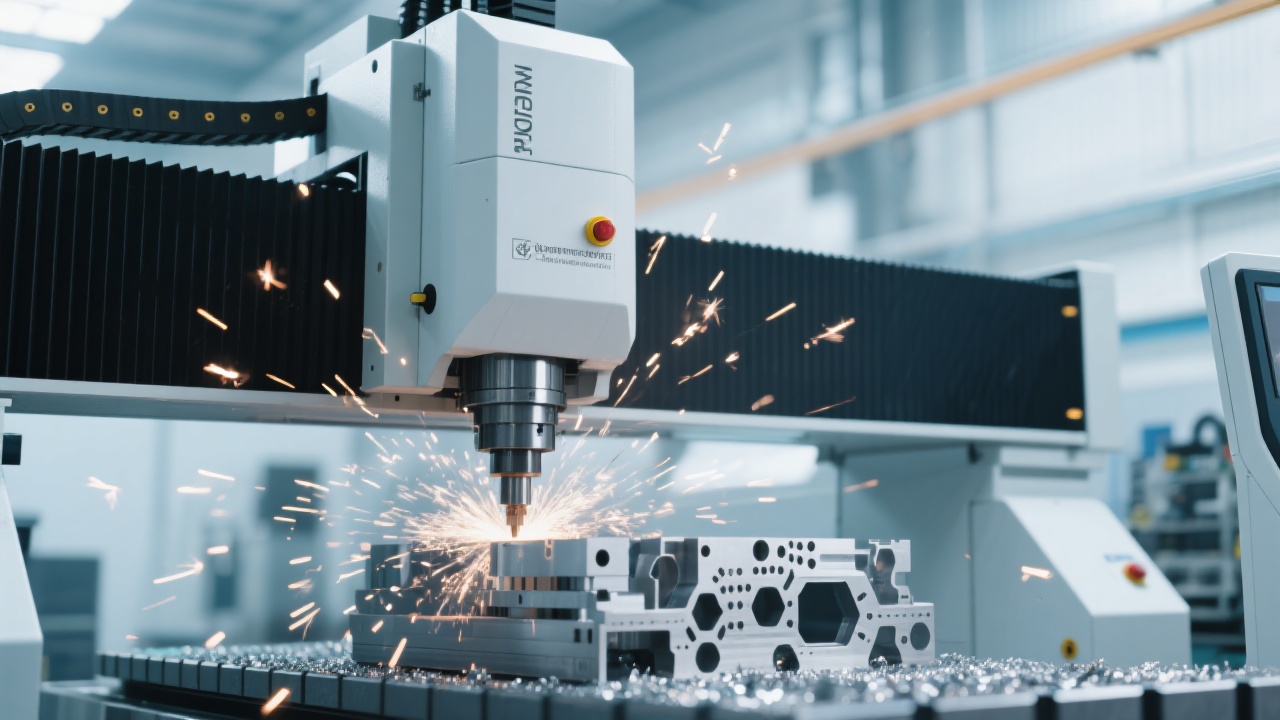
In the automotive manufacturing sector, where precision and throughput matter, optimizing rough machining efficiency isn’t just a nice-to-have—it’s a competitive necessity. At Ningbo Kebao CNC Machinery Co., Ltd., we’ve seen firsthand how the right machine setup can reduce cycle times by up to 35% in large component production. The FH1890L heavy-duty vertical machining center is engineered not only for strength but also for intelligent performance—especially when handling oversized parts like engine blocks or transmission casings.
The FH1890L combines a rigid monolithic cast iron base (with 20% higher torsional stiffness than standard models) and a high-torque spindle rated at 15 kW continuous power. This ensures minimal vibration during heavy material removal—a common issue that leads to tool wear and surface defects in conventional setups. In real-world trials across German and Chinese auto suppliers, this design reduced tool change frequency by 28%, directly cutting downtime.
| Parameter | FH1890L Standard | Industry Average |
|---|---|---|
| Max Spindle Speed (RPM) | 8,000 | 6,000 |
| Tolerance Accuracy (µm) | ±5 | ±10–15 |
| Control System | Mitsubishi M700 | FANUC / Siemens |
Many shops still use default settings from CNC software, which often underutilize machine capabilities. For example, increasing feed rate from 800 mm/min to 1,200 mm/min (with appropriate tool path planning) improved MMR by 40% without compromising surface finish on aluminum engine blocks. We recommend starting with a step depth of 3–5 mm for roughing operations and adjusting based on real-time chatter detection via built-in vibration sensors—an advanced feature integrated into the Mitsubishi controller.

For complex geometries such as multi-hole crankcases or gear housings, using modular fixtures and automatic tool changers (ATC) reduces setup time by up to 50%. One customer in Mexico reported saving over 2 hours per batch after switching from manual clamping to quick-change vise systems compatible with the FH1890L’s 24-tool ATC. Additionally, integrating coolant nozzles with pressure control (up to 10 bar) prevents overheating during prolonged roughing cycles—a key factor in extending tool life by 30%.

If you're currently struggling with long lead times or inconsistent quality on large parts, the FH1890L offers a proven path forward—not just through hardware, but through smart parameter tuning and workflow integration. Our team has helped over 30 international clients—from Germany to India—achieve measurable improvements in both productivity and cost control.
You’re not alone if your current process feels stuck. What’s your biggest bottleneck in large-part machining?
Get Your Free Efficiency Audit Report – See How Much You Could Save

